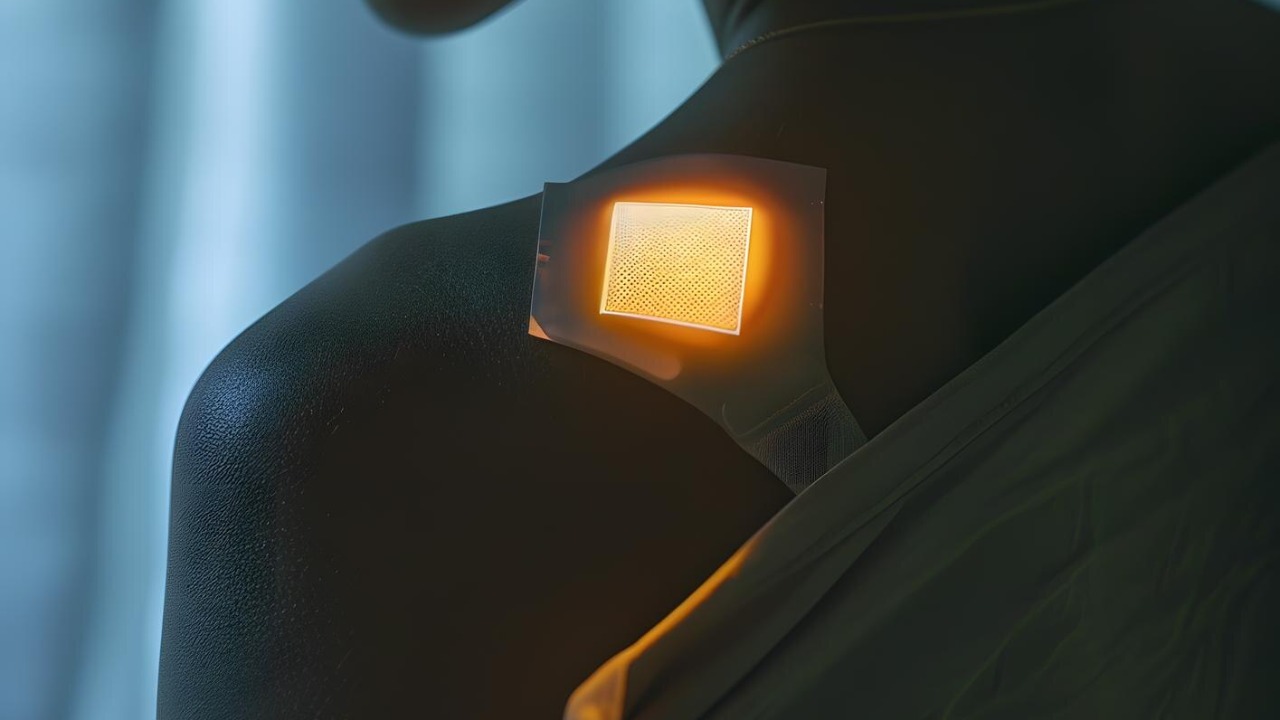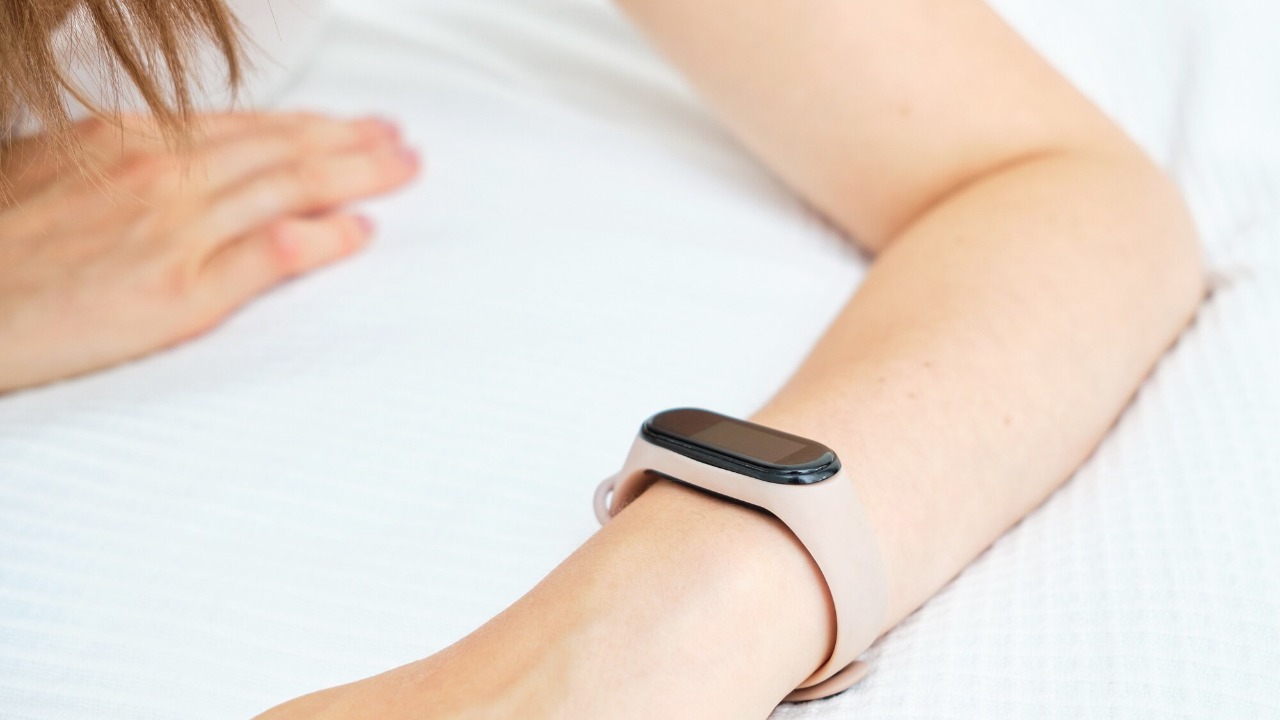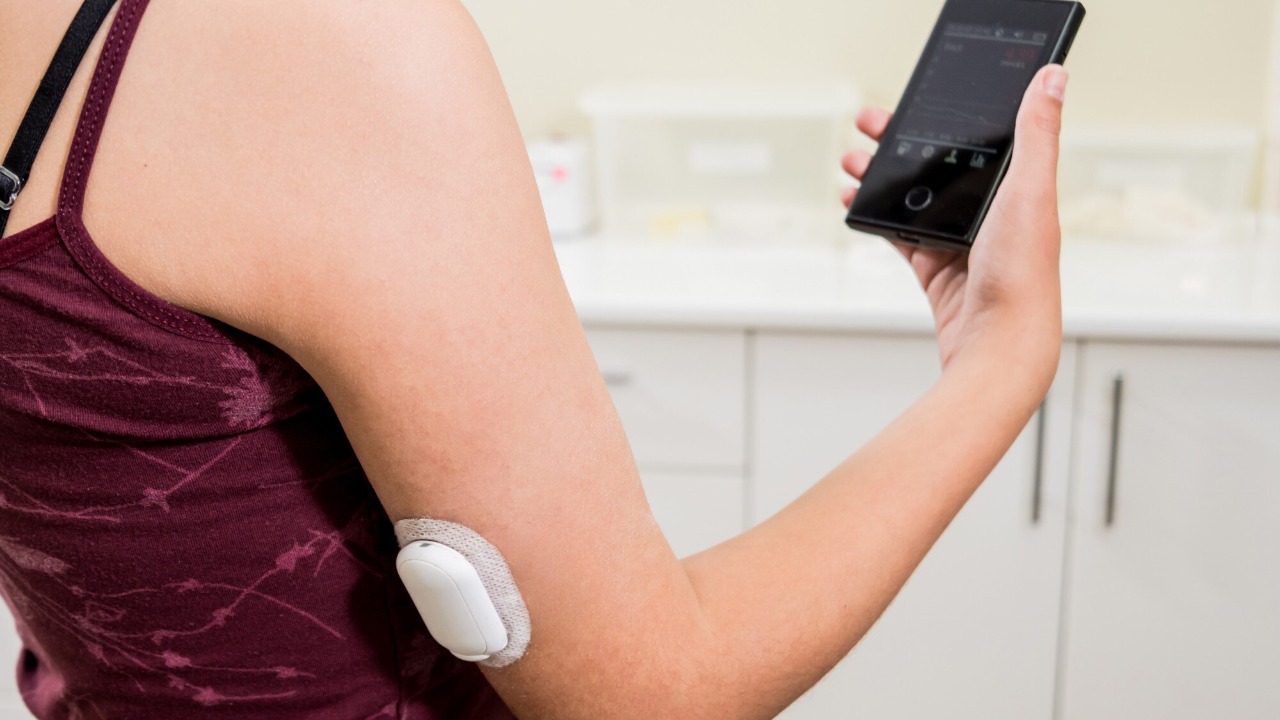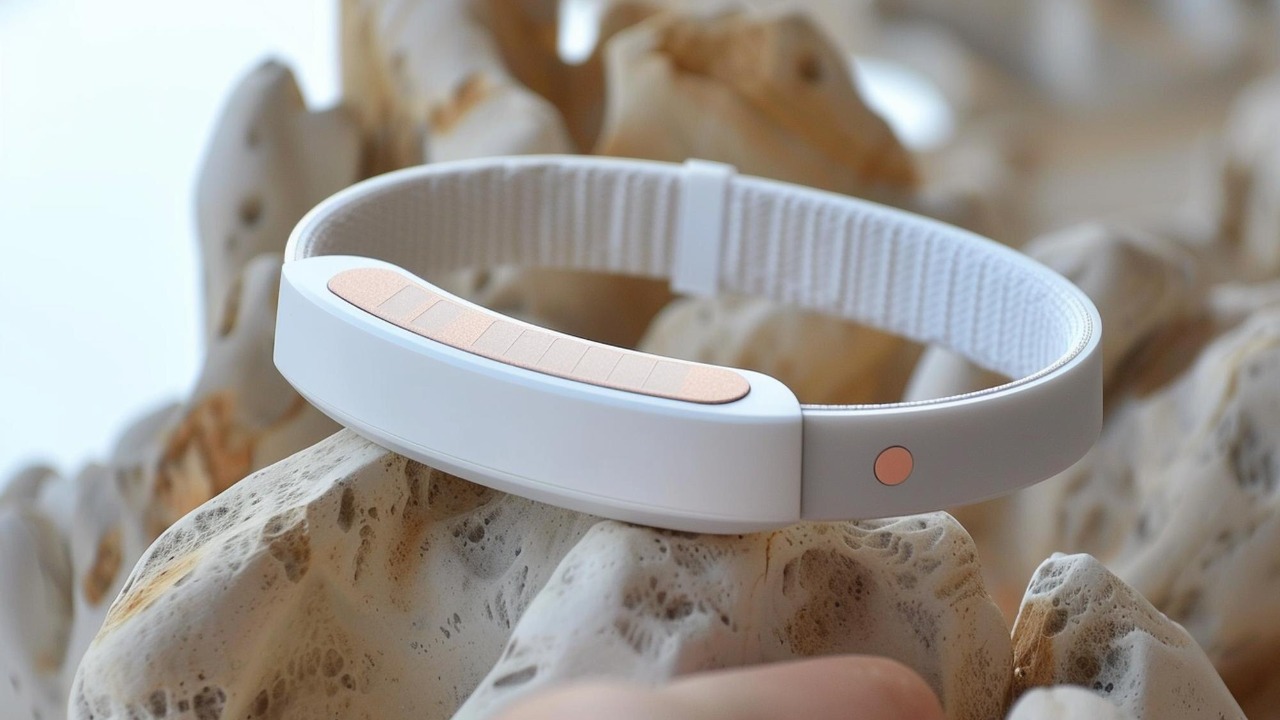
Wearable skin sensors are an innovative technology that can continuously monitor an individual’s health data. These non-invasive devices offer a real-time assessment of various health indicators, providing a convenient method for personal health management. The development and application of this technology are revolutionizing the way we perceive and manage our health.
The Evolution of Wearable Technology in Health

Wearable technology in health has come a long way since the early days of fitness trackers. Initially, these devices were designed to monitor physical activity and provide feedback on fitness levels. Things have significantly advanced since then, with today’s wearable technology capable of capturing a wide range of health data, from heart rate and sleep patterns to blood glucose levels and oxygen saturation.
Over time, these devices have evolved from simple fitness trackers into comprehensive health monitoring tools. This shift has been largely driven by advancements in sensor technology and data processing capabilities. Today’s wearable skin sensors are much more sophisticated, capable of collecting and analyzing intricate health data in real-time.
How Wearable Skin Sensors Work

Wearable skin sensors leverage advanced biosensing technology to monitor health data. The sensors use light, temperature, and electrical signals to measure various health parameters. Remarkably, they collect data without physically touching the skin. Recent research suggests these sensors can monitor a variety of health indicators, from body temperature and heart rate to hydration levels and blood oxygen levels.
These sensors are designed to be worn on the skin, often in the form of a patch or bandage. They are lightweight, flexible, and comfortable to wear, making them an excellent choice for continuous health monitoring. The collected data can be synced with a smartphone or computer for analysis, providing users with a comprehensive overview of their health.
The Impact of Wearable Skin Sensors on Personal Health Management

One of the significant benefits of wearable skin sensors is the ability to monitor health continuously. This can lead to early detection of potential health issues, allowing for timely intervention. For instance, a sudden change in heart rate or blood oxygen level may indicate an underlying health problem that requires medical attention.
Furthermore, wearable skin sensors play a crucial role in managing chronic illnesses such as diabetes and heart disease. Continuous monitoring can help patients track their condition more effectively and make necessary lifestyle adjustments. This technology also holds great potential for improving telemedicine, allowing doctors to monitor patients’ health remotely and provide personalized care.
Current Devices and Future Possibilities

Several wearable skin sensor devices are currently available on the market. For example, the Fitbit Charge 4 offers advanced health tracking features, including continuous heart rate monitoring, built-in GPS, and sleep tracking. Similarly, the Apple Watch Series 6 includes a blood oxygen level sensor, providing users with a more comprehensive picture of their overall health.
Despite the advancements, there are still challenges and ethical considerations to address. For instance, ensuring data privacy and security is paramount as these devices collect sensitive health information. Furthermore, there’s the question of accuracy and reliability, especially when it comes to diagnosing or treating health conditions based on the data collected.
Case Studies and Research Findings

Various case studies and research findings have showcased the effectiveness of wearable skin sensors. For instance, a study published in the Advanced Healthcare Materials journal demonstrated the accuracy and reliability of a wearable sensor in monitoring glucose levels in diabetic patients. This kind of non-invasive monitoring can tremendously improve the quality of life for those living with chronic conditions.
In clinical settings, wearable skin sensors are being used to monitor patients with various health conditions. For instance, they are used to monitor heart rate and oxygen levels in patients with cardiovascular diseases, providing doctors with valuable data to guide treatment. Moreover, research is underway to explore the potential of these sensors in predicting and preventing health issues, marking an exciting era in personal health management.